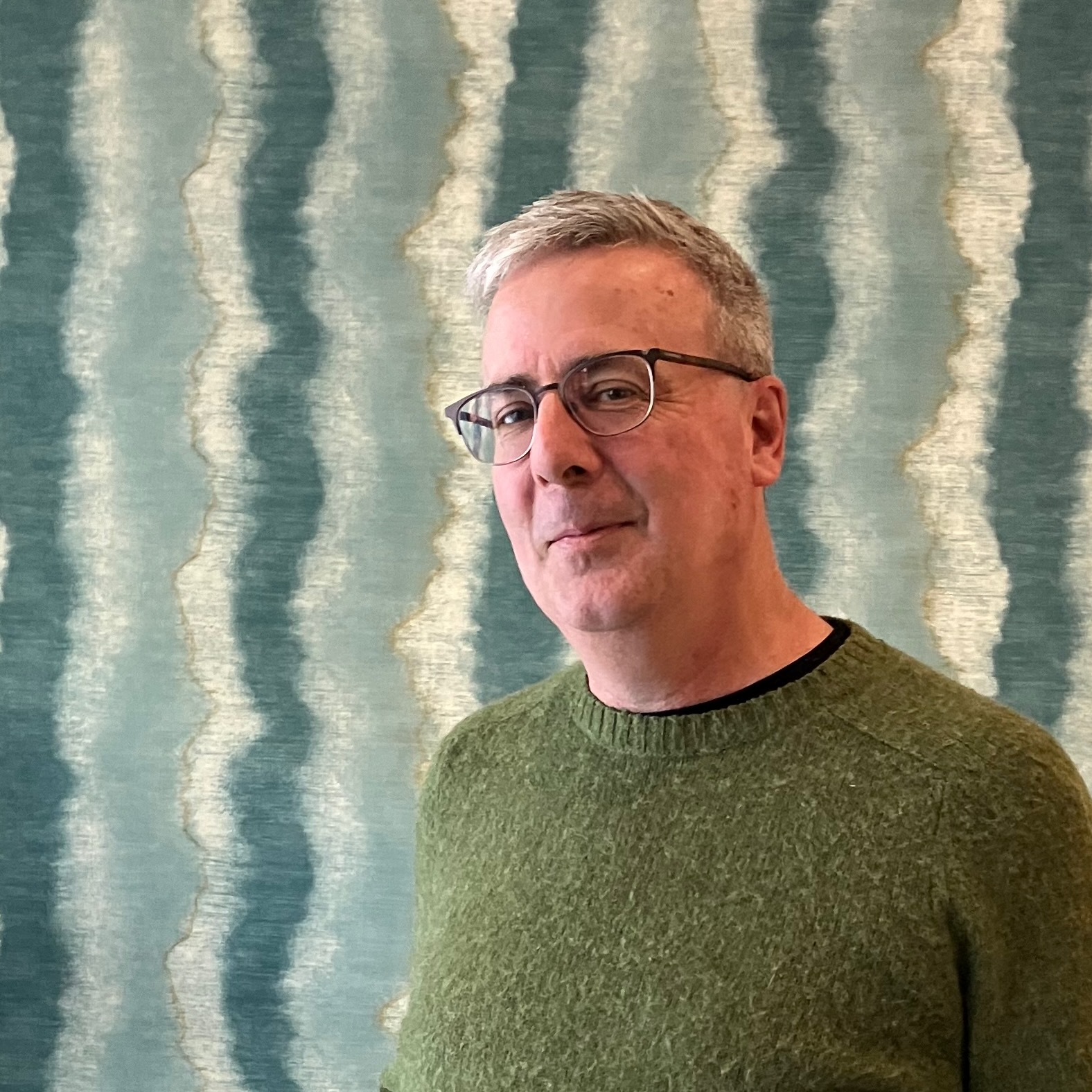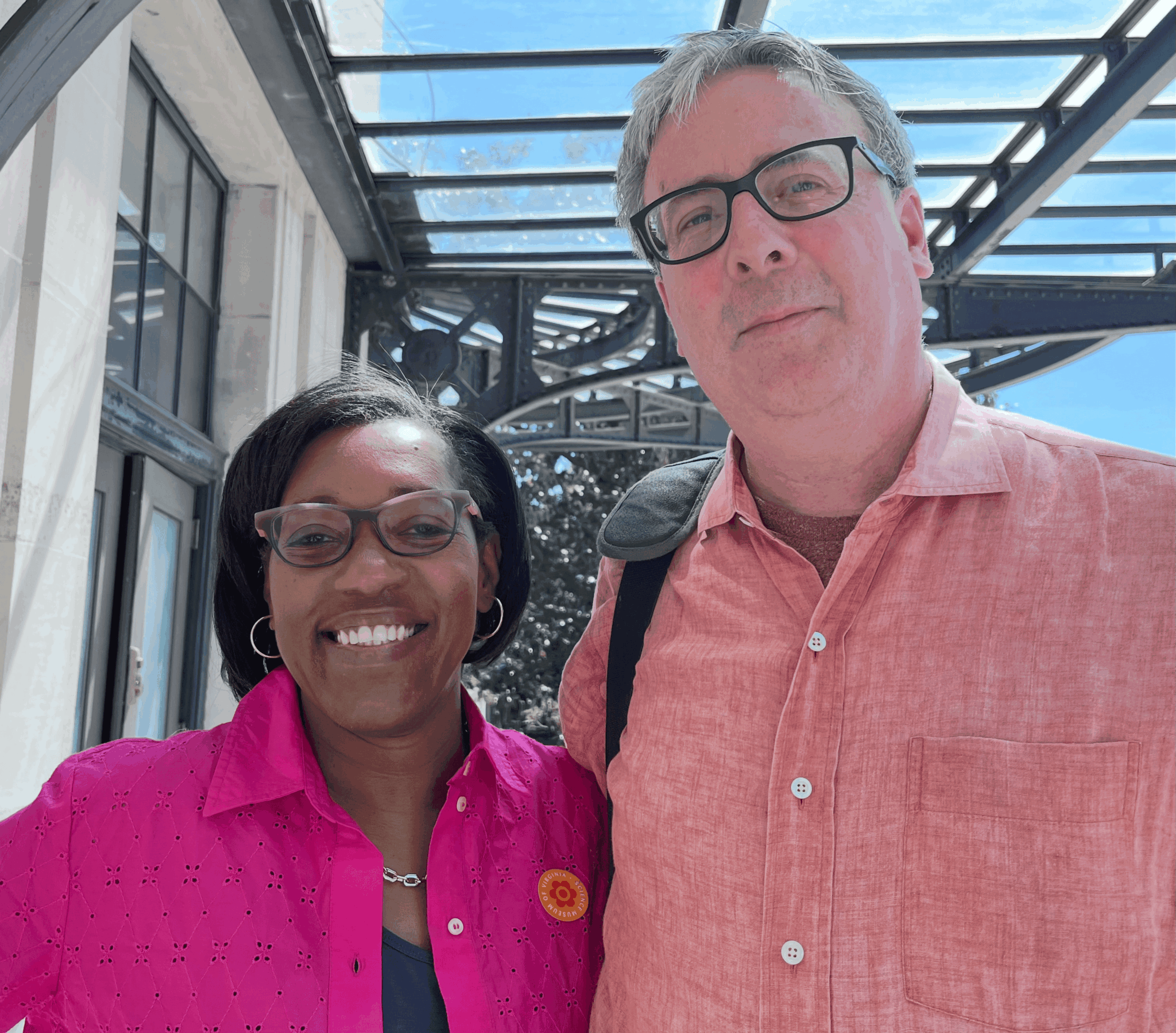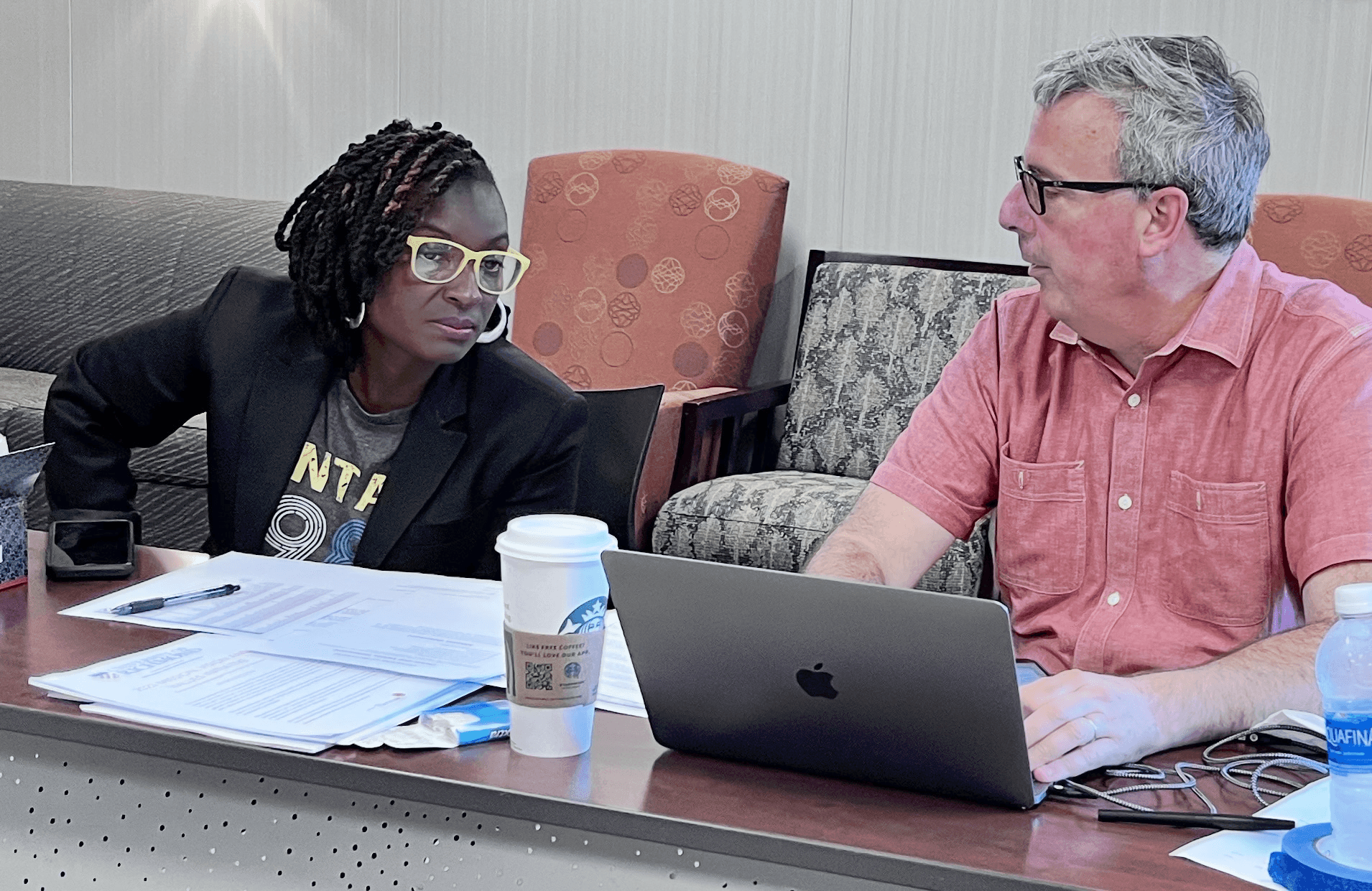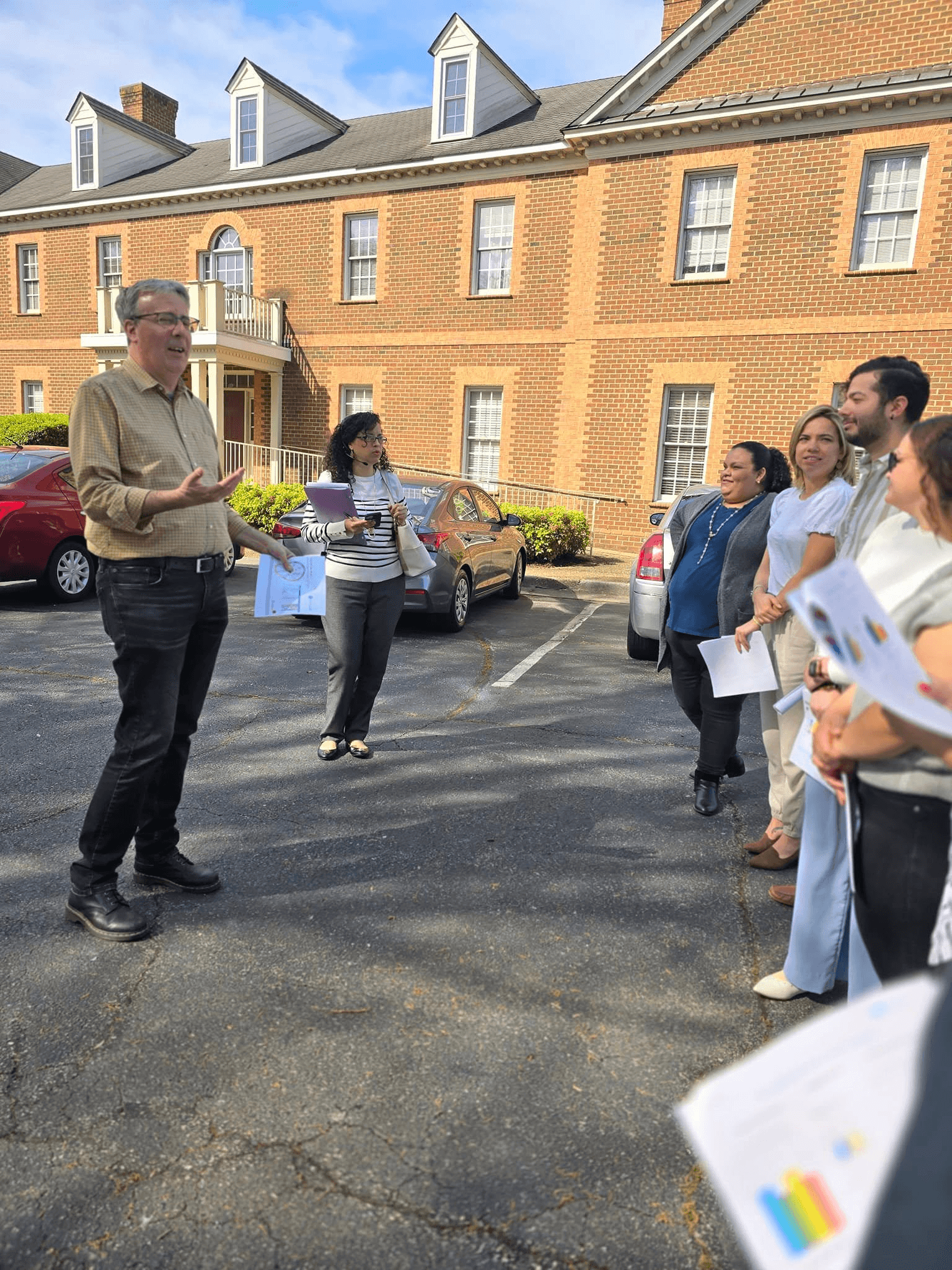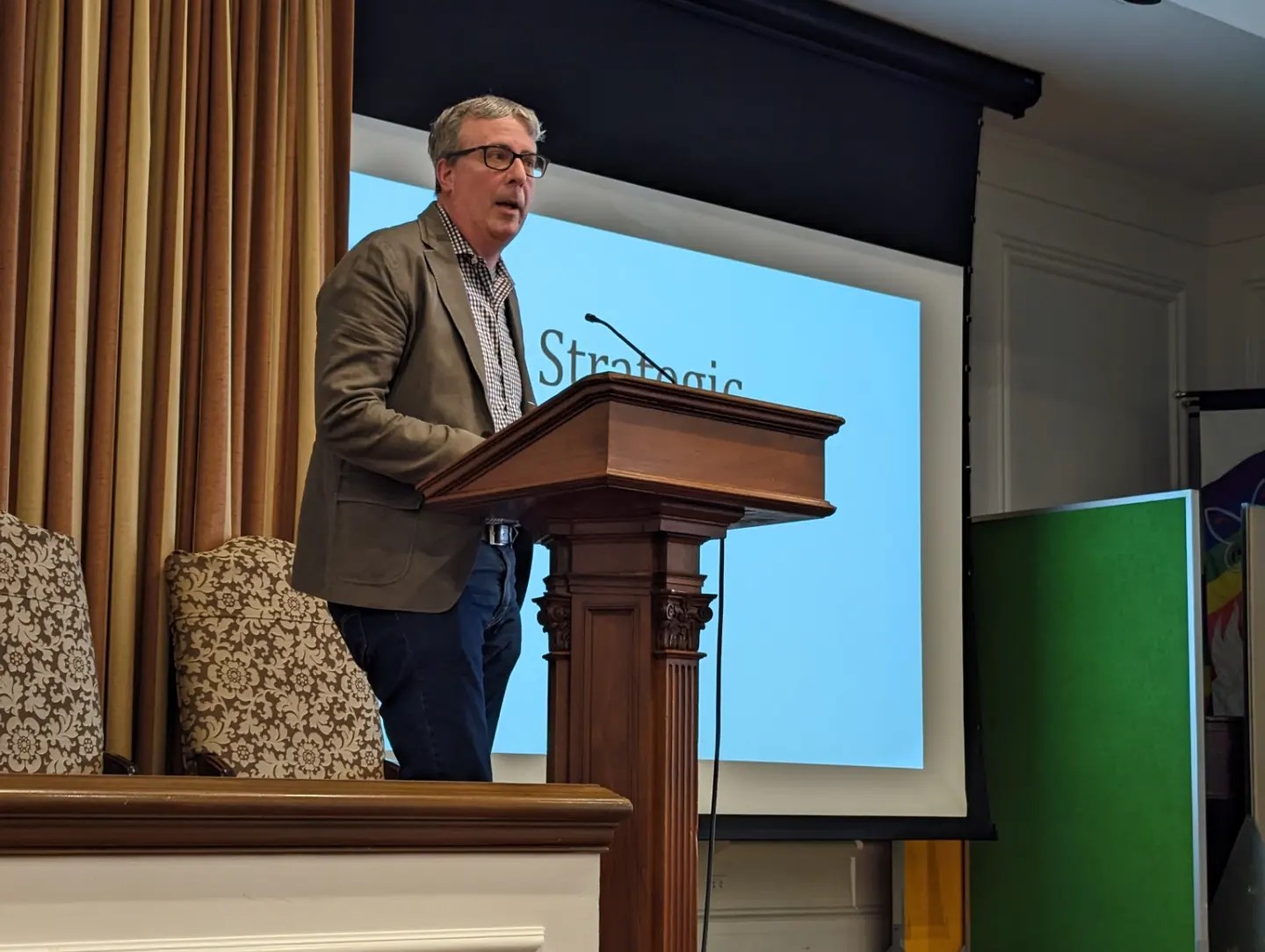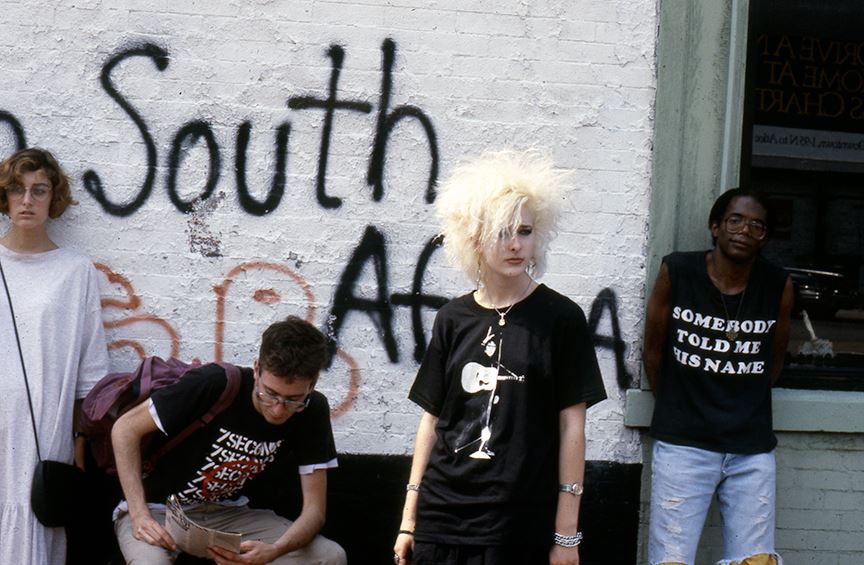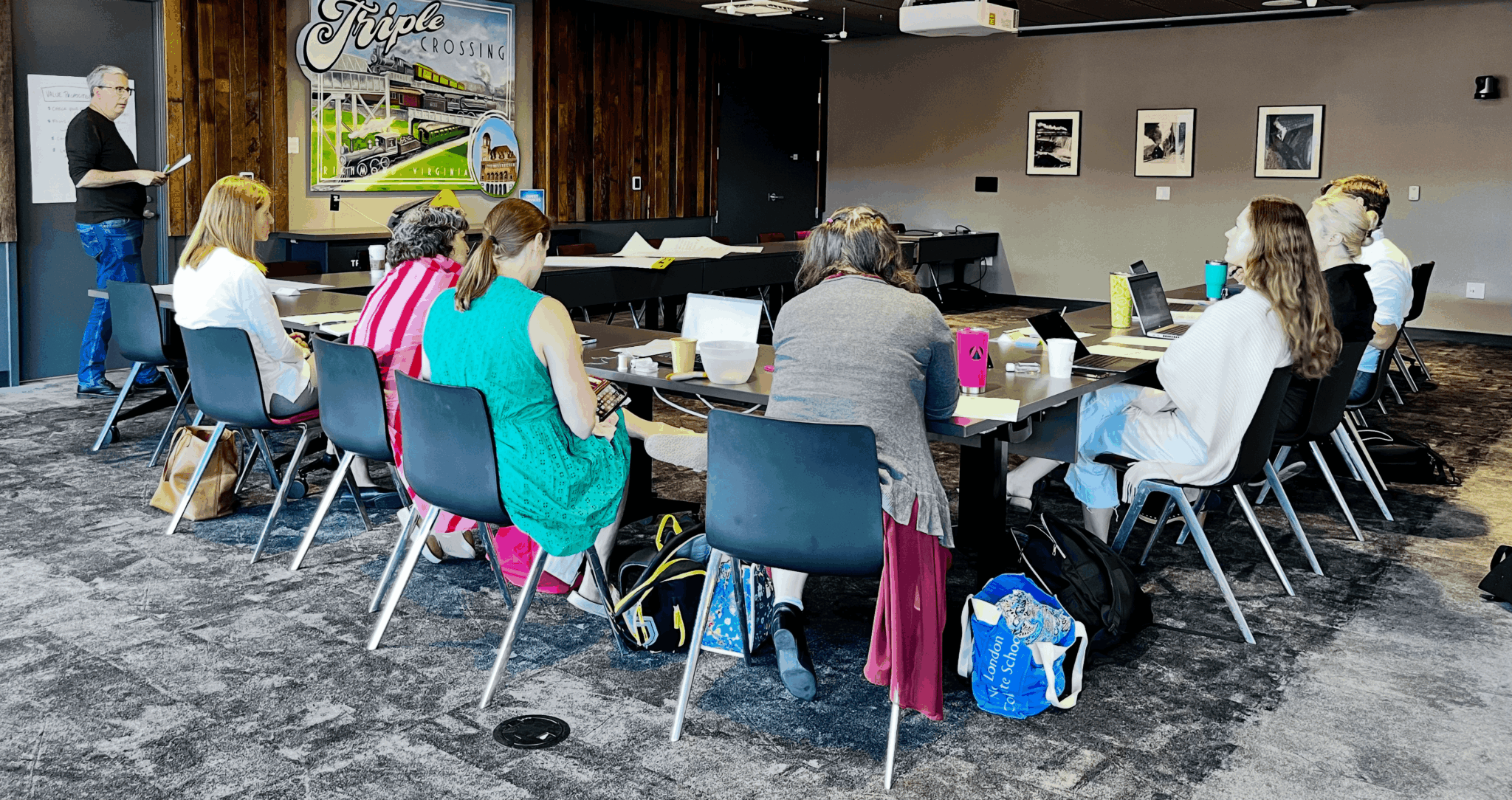We caught up with the brilliant and insightful John Sarvay a few weeks ago and have shared our conversation below.
John, thanks for joining us, excited to have you contributing your stories and insights. Some of the most interesting parts of our journey emerge from areas where we believe something that most people in our industry do not – do you have something like that?
A lot of consultants believe strategy is driven by data. And it is. The question is how we define data, how we acquire data, and how we value different data differently. It is easy to chase surveys and dashboards and metrics, and in the process miss the most important information in the room: the lived experience of the people who actually do the work, and the lived experience of the people and communities impacted by the work. This is true whether you’re an affordable housing nonprofit helping more people find safe, affordable places to live or a local ice cream retailer focused on crafting unique flavors that bring people joy. (We work with both of these organizations!)
What I’ve come to believe – and what not everyone in my industry agrees with – is that good strategy doesn’t come from fewer voices and tighter control. The job of a leader – and the job of a good strategist – is to bring the voices of people on the margins to the center. That means listening to more people, more deeply. It means asking, Who’s voice isn’t being heard? And it means slowing down enough to ask better questions; creating space where people feel safe and confident enough to say what they really think; and then being able to truly listen to the answers, and the answers beneath the answers.
We sometimes call this the democratization of strategy. It sounds like a nice bumper sticker, but it’s actually hard work. Helping people – individually and in groups – reflect on and share their story, their experience, is difficult. For them, and for us. This process of collecting the stories, tensions, patterns, and themes that infuse an organization’s best work can be profoundly informative – and illuminating. At Floricane, we treat that dialogue as data. Real, actionable intelligence.
I’ve been in too many rooms where the consultant is the smartest person talking at the team. (I’ve sometimes been that guy. Probably too often.) But that never sticks. What sticks is when people feel seen, when people feel heard, and when people see evidence that their story, idea or experience is integrated in the final plan. Making meaning together means listening, prioritizing and implementing together. That level of inclusion and engagement is what actually moves organizations forward.
And so, I don’t think strategy is a product. I think it’s a relationship. And when we design the process with care and humility, and centered around people, I know that the outcomes are almost always stronger, more inclusive, and more durable than anything we could’ve drawn up on our own. Or with a spreadsheet.
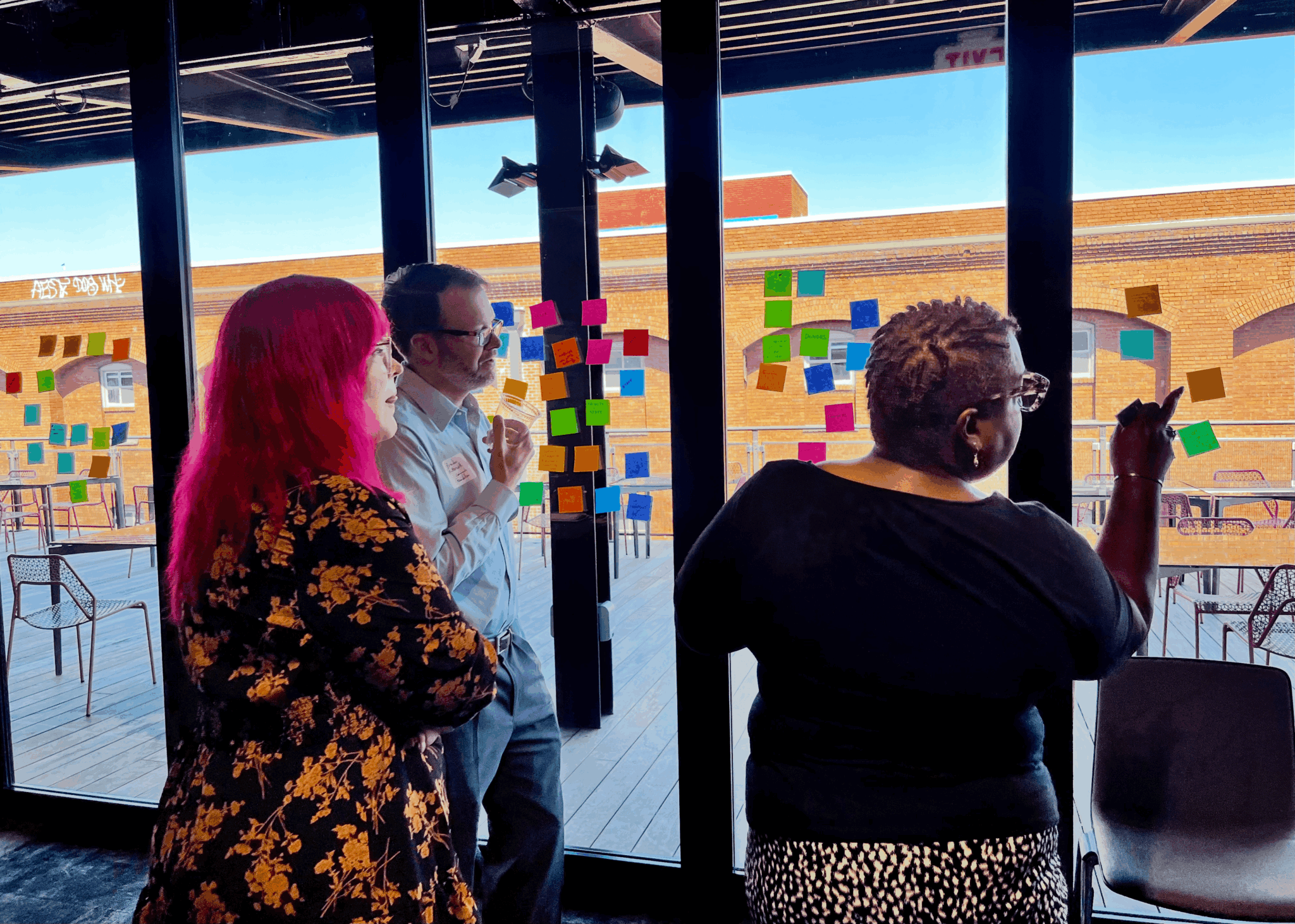
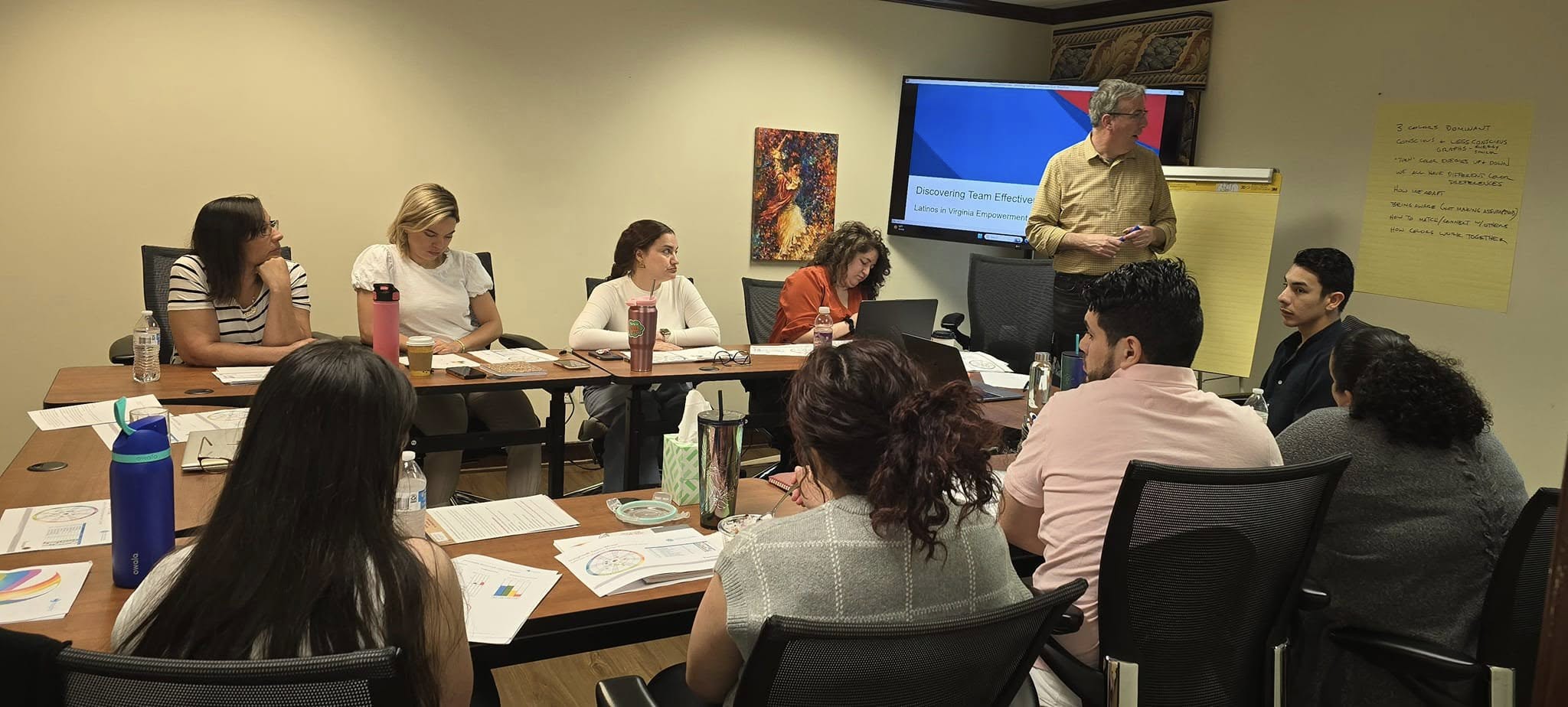
Great, appreciate you sharing that with us. Before we ask you to share more of your insights, can you take a moment to introduce yourself and how you got to where you are today to our readers.
I cut my teeth on consulting in the late 1980s punk rock scene — which, believe it or not, was all about DIY energy, building community, and speaking (or shouting) your truth. That instinct – to create something with purpose, to do it *together*, and to challenge the status quo – has stayed with me ever since.
Fast forward a few years, and I found myself working at a family-owned rock quarry company, helping build a values-driven culture for a few hundred employees – mechanics, truck drivers, office staff – that supported them as whole people, not just workers. I was part of a small team designing and facilitating leadership development rooted in self-awareness and inclusion. It was real, hands-on culture work. And then the 2008 recession hit.
One day, I came home to a stay-at-home wife, an eight-month-old baby, and a severance check. The next day, by coincidence, I had coffee scheduled with one of Richmond’s most respected business leaders, Jim Ukrop. What was supposed to be a 30-minute intro turned into three hours. Jim told me I should start my own consulting firm. I told him he was bat-shit crazy. Then he offered to be my first client.
So in January 2009, with a million people a month filing for unemployment, I launched Floricane, a consulting firm centered on organizational culture. Of course, in a recession, no one was investing in culture. They were laying people off. So I backed my way into strategic planning.
My first client was a small nonprofit serving women and children impacted by domestic and sexual violence. I had never done strategic planning. I knew nothing about nonprofits. They were interviewing five firms. When they hired me, I asked why. They said, “When we asked you a question you didn’t know, you said, ‘Huh. I don’t know. I guess we’ll figure it out together.’ We liked the idea of working with someone who would learn with us.”
That’s still how we show up.
Seventeen years later, Floricane has become one of the go-to consulting firms in Central Virginia – especially for nonprofits, public agencies, and mission-driven companies. We focus on strategy, culture, leadership development, and employee engagement. A lot of our work centers on questions like: *Where are we going? Why does it matter? And how do we bring everyone along?*
We use tools like facilitated retreats, stakeholder engagement, and a ton of Post It Notes – but the tools aren’t the point. The relationships are. What sets us apart is that we don’t arrive with a prepackaged solution. We partner. We listen. We build clarity together.
What I’m most proud of is the trust we’ve earned. We’ve worked with hundreds of organizations across Virginia and beyond – some for over a decade. We show up again and again with authenticity, curiosity, and care.
And yes – I still wear Doc Martens to work every day.
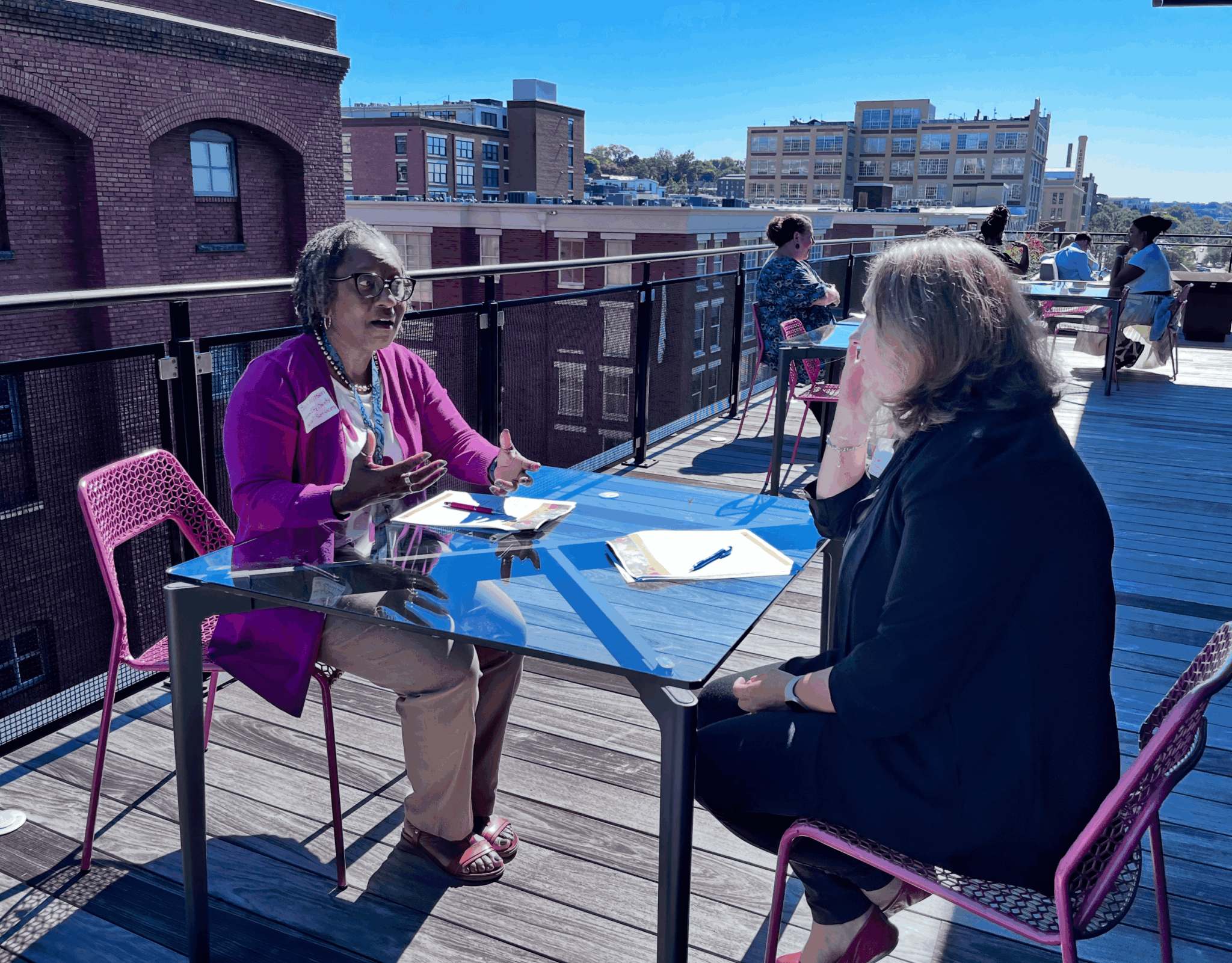
Let’s talk about resilience next – do you have a story you can share with us?
Month 7 of Floricane. Our daughter was just over a year old. The economy was still a mess. I’d had coffee with half of Richmond, and only landed a handful of paying jobs.
My wife calls me at the office I shared with a small design firm. “Our mortgage is due. Can you shift some money from Floricane to our checking account?” Silence. “There is no money at Floricane,” I said. That evening we talked. Our stress levels were high. We didn’t know how to work through the best next steps.
We asked my old boss and mentor (who officiated our wedding in his back yard) to help us figure out a path forward.
It was a sunny July day. We sat in the living room with the baby and the dog. At one point, Tom asked me what was at stake. I gave him some bullshit answer. So he asked me again, and again I dodged. A few minutes later, he asked again and I blurted out, “My entire f’ing ego is on the line. I told half of Richmond that I was going to build this amazing consulting business. If I walk now, I’ll carry this with me for the rest of my life.”
The dog woke up. The baby started crying.
“Great,” Tom said. “So tomorrow morning, stop having coffee with strangers and start calling people you’ve already met. Tell them about the problem they shared with you, and how you can help them resolve it.”
The next day, I landed my second major strategic planning project with a local museum. Which led within months to strategic planning engagements with three other cultural organizations, and a employee culture project with a local ice cream company.
The baby is now 17 years old. She’s a scooper at that ice cream company.

Any advice for growing your clientele? What’s been most effective for you?
Relationships and showing up. And flexing my style (personality style, not fashion.)
I had coffee or lunch with 153 business and community leaders the month I launched my business. I was recently looking at that list in an old journal and realized that with a few exceptions (they’re dead or left town) I still have a relationship with the vast majority of those folks.
How? Because I somehow internalized an old quote from an old boss that runs absolutely counter to my old DNA: “People want to know how much you care before they care how much you know.” I like being one of the smartest people in the room, but I’ve learned to value being one of the most relational people in the room more.
I use storytelling a lot. Floricane has a newsletter that goes out to about 4,000 people — business, nonprofit and community leaders, employees of those organizations, old friends, vendors. The open rate averages around 45-50%. The most read column? My monthly “Playground Perspective,” a first-person account of parenting my daughter Thea (until she told me to please stop writing stories about her). Second most? My monthly “Letter from John” which usually shares a story of success or failure or an interesting discovery (usually about people or ideas). Every month for 17 years. We also talk about our clients and our work. We rarely make direct, hard pitches for business.
Staying connected to people, demonstrating that I am curious about and care for our clients (and am committed to their success), and sharing personal stories that help others see me as a human being have been critical keys to growing my business.
Contact Info:
- Website: https://www.floricane.com
- Facebook: https://www.facebook.com/Floricane/
- Linkedin: https://www.linkedin.com/company/floricane-llc
